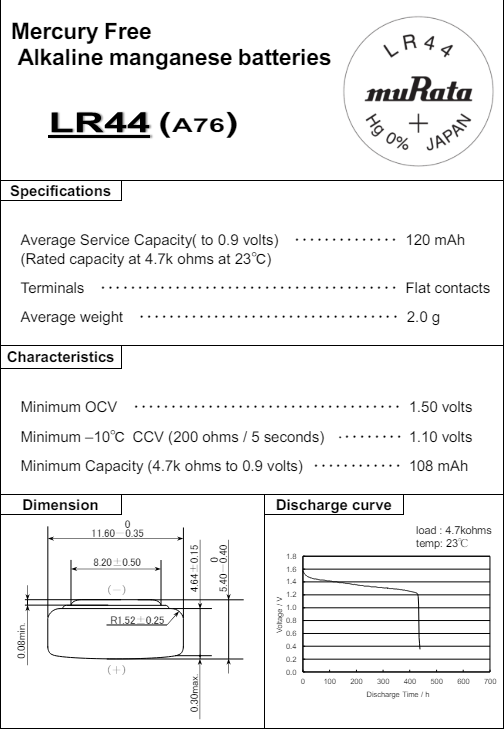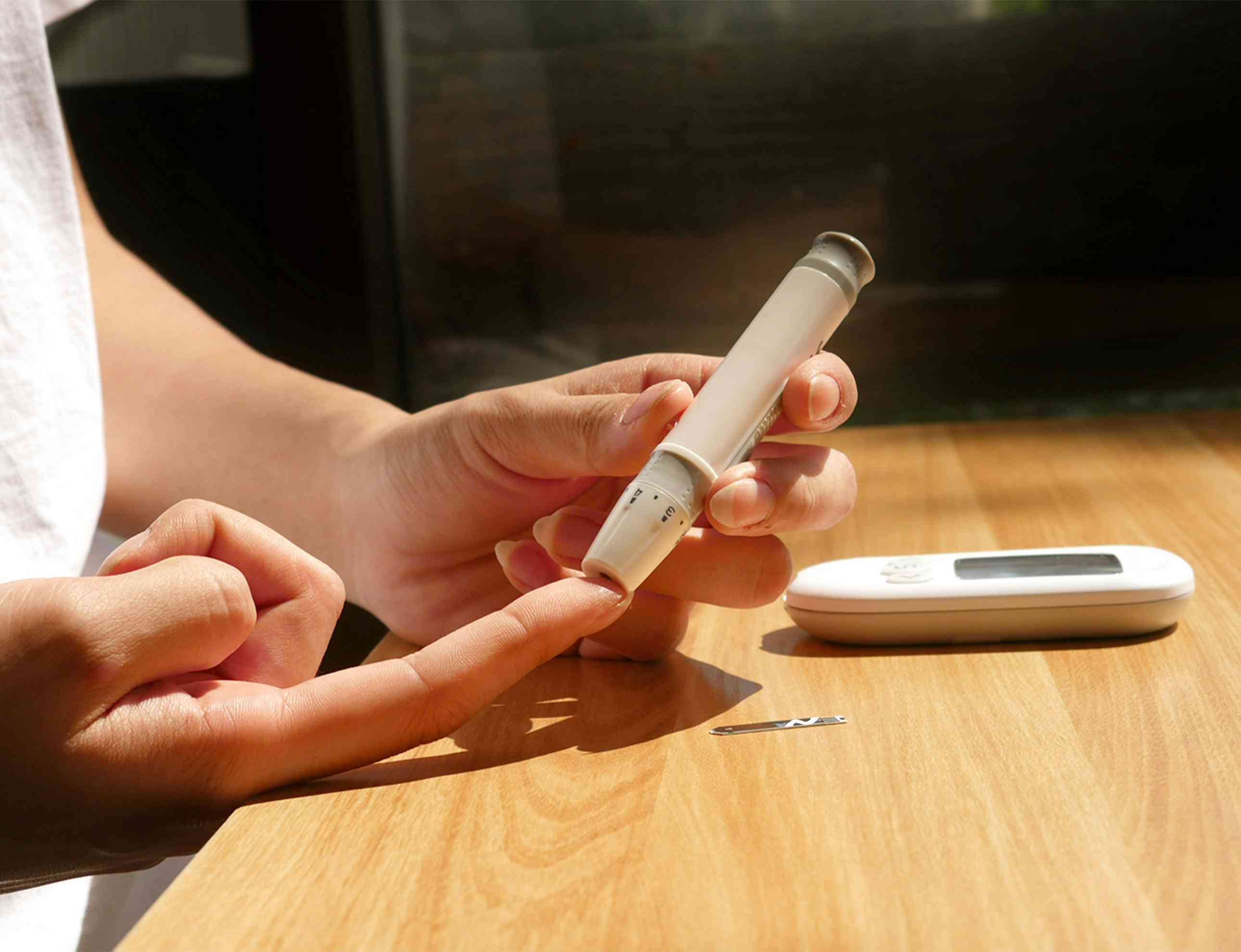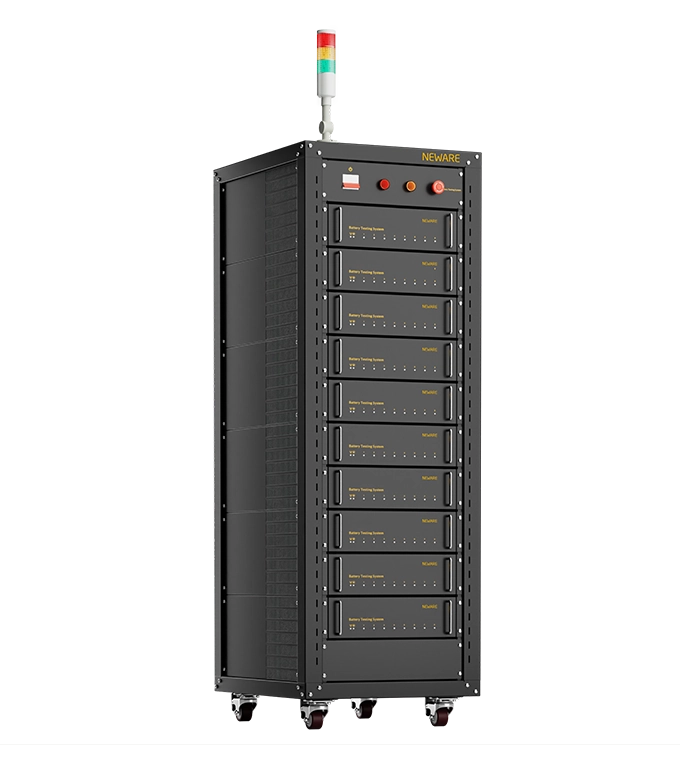The LR44 battery, also known as AG13, A76, 357, or 76A battery, is a small but powerful button cell battery with a wide range of applications. In this comprehensive guide, we'll explore the basics of the LR44 battery and its equivalents, compare their features and performance, delve into common applications, provide tips for choosing and replacing LR44 equivalents, and offer practical advice for extending their lifespan.
The LR44 battery is a small, cylindrical, alkaline button cell battery commonly used in small electronic devices. It measures approximately 11.6 mm in diameter and 5.4 mm in height, making it compact and versatile. With a nominal voltage of 1.5 volts, the LR44 battery is a reliable power source for various gadgets, from calculators to digital thermometers.Excellent stable discharge and high-drain pulse discharge characteristics,Excellent leakage resistance,They are known for their endurance with high capacity, high energy density, and reliability. They offer reliability with high efficiency and extended service life. LR44 battery does not contain toxic substances such as mercury or cadmium.So, even if people dispose of LR44 batteries after use, it won't cause significant pollution to the environment.
Detailed specifications for the LR44 battery are described below.

The LR44 battery has several equivalents, including AG13, A76, 357, and 76A batteries. These equivalents share similar dimensions and electrical properties with the LR44, making them interchangeable in many devices. Understanding these alternatives allows consumers to find suitable replacements easily, ensuring uninterrupted functionality for their electronic devices.
The LR44 battery is equivalent to the zinc-air 675 battery, so if you don't have an LR44 battery available as a power source, zinc-air 675 batteries are also a good alternative choice.
The 357 battery shares the same dimensions of 11.6mm as the LR44 battery. While the 357 battery has a rated voltage of 1.55V, slightly higher than the LR44 battery's rated voltage of 1.5V, it can also serve as an equivalent to the LR44 battery.
AG13: This is a very common equivalent model of LR44 battery, often used in toys and electronic devices.
A76: This is an equivalent model named by the Duracell brand, widely used in various consumer electronic products.
157: This is the equivalent model of the silver oxide version, offering longer lifespan and more stable voltage output.
LR1154: This is another common name for the LR44 battery, especially in the Asian market.
G13: Typically used in watches and other small electronic devices.
L1154: Similar to LR1154, the difference in name mainly comes from brand and market distinction.
RW82: This is the equivalent model by the Rayovac brand.
V13GA: This is the equivalent model by the Varta brand.
KA76: This is the equivalent model by the Energizer brand.
PX76A: This is another brand-named equivalent model.
SR44: This is the silver oxide version, although it is more expensive, it offers superior performance.
357/303: These are equivalent models of the silver oxide version, with 357 and 303 being named based on the brand and market.
When comparing LR44 equivalents, it's essential to consider their voltage and capacity, as well as their suitability and performance in different devices. Variations in these attributes can affect the longevity and efficiency of the batteries in specific applications. By examining their features comprehensively, consumers can make informed choices regarding the most suitable equivalent for their needs.At the same time, it can ensure the safe use of electronic devices.
-Watches and calculators: LR44 batteries and their equivalents are commonly used in various types of watches and calculators. They provide stable power supply, ensuring the proper functioning of the devices, and have a long lifespan.
-Toys: LR44 battery equivalents are widely used in various small toys. They provide the necessary power for electronic sound effects, light effects, and the movement of toy components.
-Medical devices: LR44 battery equivalents play a crucial role in the medical field. They are used in various medical devices such as glucose meters, blood pressure monitors, thermometers, etc., providing reliable power sources for these devices.

-Photographic equipment: LR44 battery equivalents are also commonly found in certain photographic equipment, such as light meters and electronic flashes for cameras. They provide stable power to ensure the normal operation of photographic equipment.
-Small electronic devices: LR44 battery equivalents are suitable for a variety of small electronic devices, such as mini electronic games, small remote controls, electronic scales, and more. They provide adequate power to ensure the proper functioning of these devices.
In summary, LR44 batteries and their equivalents are essential components in many everyday electronic devices. Whether used in watches, calculators, toys, medical devices, or photographic equipment, they provide a reliable power source and ensure the safe and efficient operation of the devices.
Replacing LR44 equivalents requires careful attention to detail to avoid damage to electronic devices. Simple steps, such as ensuring proper polarity and securely installing the batteries, can contribute to a smooth replacement process. Following manufacturer guidelines and recommendations is essential for a successful battery replacement.
To maximize the longevity of LR44 equivalents, consumers can adopt practical strategies such as storing batteries in a cool, dry place and removing them from devices when not in use. Additionally, avoiding extreme temperatures and not mixing old and new batteries can contribute to prolonging their lifespan.
Proper storage and handling of LR44 equivalents are critical for maintaining their performance and safety. Storing batteries in a dedicated container and avoiding exposure to moisture or heat can prevent degradation and ensure their readiness for use when needed.
LR44 battery equivalents offer a reliable and versatile power solution for a wide range of electronic devices, from everyday gadgets to essential medical equipment. Their compatibility and performance make them a preferred choice for consumers seeking dependable battery solutions.
When choosing batteries for electronic devices, considering factors such as compatibility, quality, and intended usage can help consumers make informed decisions. By following manufacturer recommendations and seeking reputable suppliers, consumers can ensure optimal performance and longevity from their chosen LR44 battery equivalents.
As we conclude our exploration of LR44 battery equivalents, it's evident that these compact power sources play an indispensable role in powering everyday devices and critical medical equipment. By understanding their features, applications, and best practices for selection and maintenance, consumers can make informed choices and maximize the efficiency of their electronic devices. Whether it's a simple calculator or a life-saving medical device, LR44 equivalents stand ready to deliver reliable power, making them essential components of our modern lives.
The NEWARE battery tester CT-9000-5V5A is suitable for testing requirements of button batteries and pouch batteries. Specifically developed for high-precision testing needs, it not only meets a variety of charging and discharging test requirements but also provides accurate and reliable test data, which is crucial for battery performance evaluation and fault diagnosis.

Precise internal resistance measurement: DCIR (Direct current internal resistance) testing can accurately measure the internal resistance of batteries, providing an important indicator for the health status and degree of aging of the battery.
Electrochemical activity assessment: CV (Cyclic voltammetry) testing helps to assess the electrochemical activity of battery materials and understand the kinetics of electrode reactions.
Multidimensional testing: By combining various testing methods, it can evaluate battery performance from different perspectives, providing comprehensive data support for battery optimization and improvement.
SMBus communication: Equipped with battery communication capabilities, it monitors the battery status in real time.
NEWARE is dedicated to providing support for global battery manufacturers, electric vehicle producers, energy storage battery manufacturers, and enterprises, national quality inspection departments, universities, and research institutions.




The lab focuses on solid-state battery research to overcome traditional lithium batteries' safety and energy density issues, supporting environmental sustainability. It develops innovative solid-state electrolytes, refines electrode materials, and investigates ion transfer and interface stability to revolutionize battery technology.

The electric vehicle battery industry is rapidly developing, focusing on technological innovation, market competition, and sustainability. Research hotspots include solid-state batteries, new types of electrolytes, BMS optimization, and recycling technologies. The environmental adaptability, safety, and economic viability of batteries are key research areas, and the industry is expected to undergo more innovation and transformation.

Specializing in battery preparation technology research, the focus is on overcoming existing energy storage challenges by innovating in electrode materials, battery chemistry, and manufacturing processes to improve performance, safety, and reduce costs. Sustainability and recycling technologies for batteries are also emphasized to mitigate environmental impacts and foster the growth of green energy.